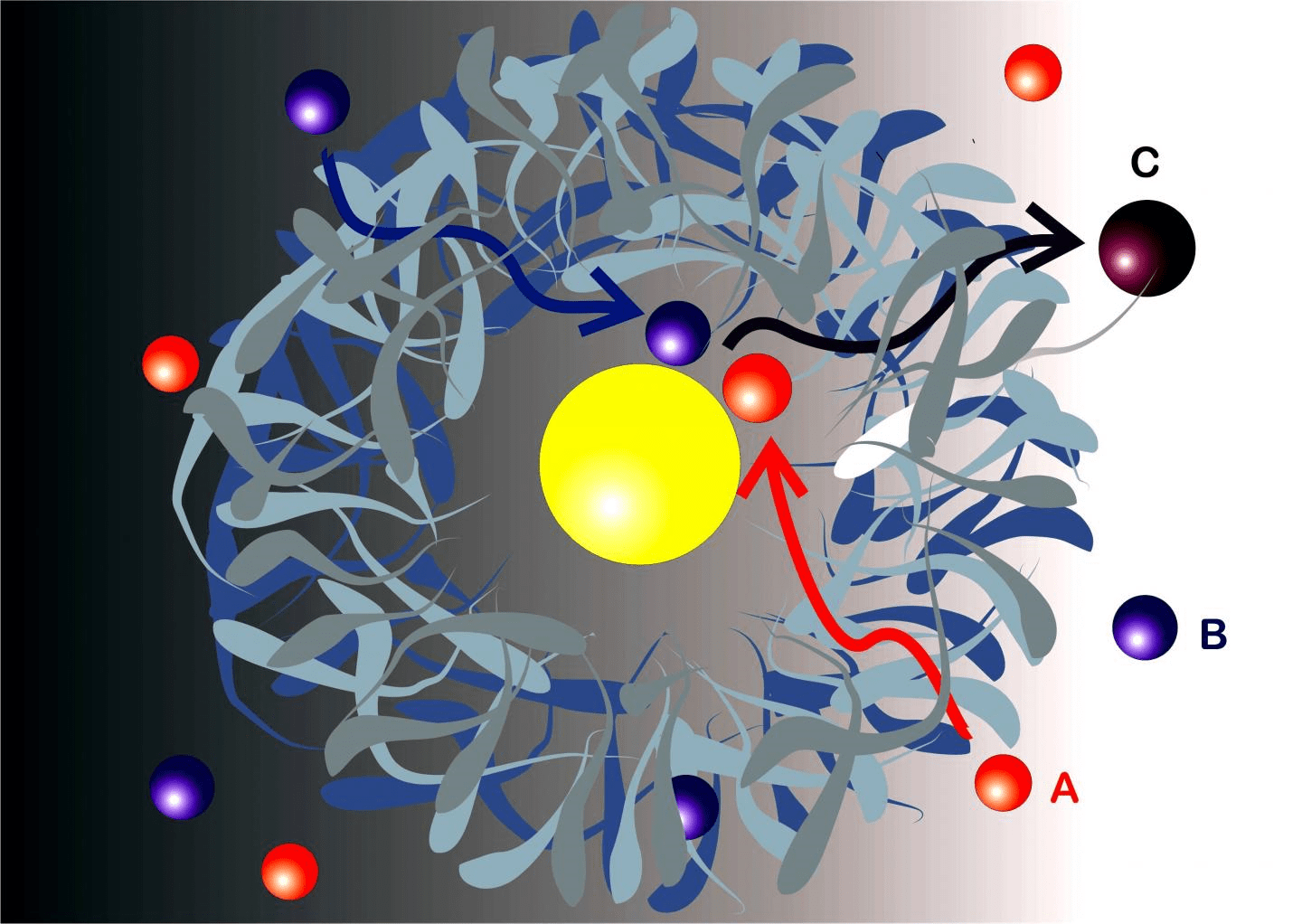
G7’s 50th Summit in Canada Highlights Global Tensions.
June 09, 2025: Canada will host the 50th G7 Summit from June 15 to 17 in Kananaskis, Alberta, amid heightened global tensions and economic rifts.

Scientists from EPFL (Ecole Polytechnique Federale de Lausanne) have developed nanosensors on AI, which allow researchers to observe different types of biological molecules without disturbing them.
The world of biomolecules is rich in captivating interactions between many different agents such as intricate nanomachines (proteins), shape-shifting vessels (lipid complexes), chains of vital information (DNA), and energy fuel (carbohydrates). However, the ways in which biomolecules meet and interact to define an essential symphony are incredibly complex.
Scientists at the Bionanophotonic Systems Laboratory in EPFL’s School of Engineering have developed a new biosensor that can be used to monitor all major classes of nanoworld biomolecules without disturbing them. Their innovative method uses nanotechnology, metasurfaces, infrared light, and artificial intelligence.
In each molecule’s symphony having its own melody, nano-perfect orchestrations work physiological miracles such as sight and taste. Simultaneously, minor dissonances can intensify into terrible cacophonies, leading to pathologies such as cancer and neurodegeneration.
Tuning to this small world and distinguishing between proteins, carbohydrates, lipids, and nucleic acid without disrupting their interaction is essential to understanding life processes and disease mechanisms. Light—and more precisely infrared light—is the core of the biosensor. People cannot see infrared light outside the spectrum of visible light, ranging from blue to red. However, humans can feel it in the form of heat in our bodies as our molecules vibrate under the excitation of infrared light.
If you imagine sound frequencies instead of infrared frequencies, it’s as if each molecule has its own characteristic melody. However, tuning these melodies is very challenging because, without amplification, they are just a whisper in a sea of sounds. To make matters worse, their melodies can be very similar motifs, making them difficult to distinguish.
To solve these two issues, scientists are using AI and Metasurfaces. Metasurfaces are artificial materials with exceptional possibilities for manipulating light on a nanoscale, allowing functions beyond what is otherwise seen in nature. Here, their precisely designed meta-atoms, made of gold nanorods, act as enhancers of light interactions by tapping into plasmonic excitations arising from the collective oscillations of free electrons in metals.
AI is a powerful tool that can feed on more data than humans can process at once, and that can quickly develop the ability to recognize complex data patterns. AI can be imagined as a complete beginner musician who listens to various amplified melodies and creates a perfect ear in just a few minutes and can distinguish them even when played together – as in an orchestra that contains many instruments simultaneously.

June 09, 2025: Canada will host the 50th G7 Summit from June 15 to 17 in Kananaskis, Alberta, amid heightened global tensions and economic rifts.

May 30, 2025: Canada’s economy expanded at an annualized rate of 2.2% in the first quarter of 2025, outperforming the market forecast of 1.7%.

May 28, 2025: SpaceX’s latest Starship test flight, conducted on May 27, 2025, ended in failure when the spacecraft’s upper stage broke apart during its descent over the Indian Ocean.

May 27, 2025: Greek Coastguards Charged Over 2023 Pylos Migrant Shipwreck That Killed Hundreds

May 27, 2025: Volvo to Cut 3,000 Jobs in Europe as Part of $1.9B Restructuring Amid EV Slowdown and Tariff Pressures.

May 23, 2025: Net migration to the UK has dropped by nearly 50% in 2024, and Indian nationals are at the center of this shift, leading to both the fall in new arrivals and the rise in emigration.

The Fort McMurray First Nation Group of Companies is the wholly owned business entity of Fort McMurray 468 First Nation. It was established in 1987 as Christina River Enterprises, and the organization rebranded as FMFN Group in 2021. Providing Construction, Custodial, Petro-Canada Fuel & Convenience Store, and Transportation services to a broad portfolio of customers, the Group of Companies is creating financial stability and prosperity for the Nation.

Maushum Basu is a visionary leader who inspires his team with a clear, compelling purpose. Unafraid to take calculated risks, he understands that growth often stems from change and innovation. His deep commitment to both Airia Brands, Inc.

When speaking with Martin Paquette, one thing is immediately apparent: he’s honest. His transparency is refreshing. While many shy away from such vulnerability, Paquette sees it as a force to reckon with. The incredible emotional intelligence speaks to years of looking within—it’s also what allows him to acknowledge his mistakes gracefully and use them as opportunities to innovate.

Marina Charriere, CEO of Star Drug Testing Services, Star Drug Testing Services (Windsor Park), and First Defence Face Masks go hand in hand. Star is a drug and alcohol testing facility, and First D F M is a face mask company.

Leave us a message
Subscribe
Fill the form our team will contact you
Advertise with us
Fill the form our team will contact you